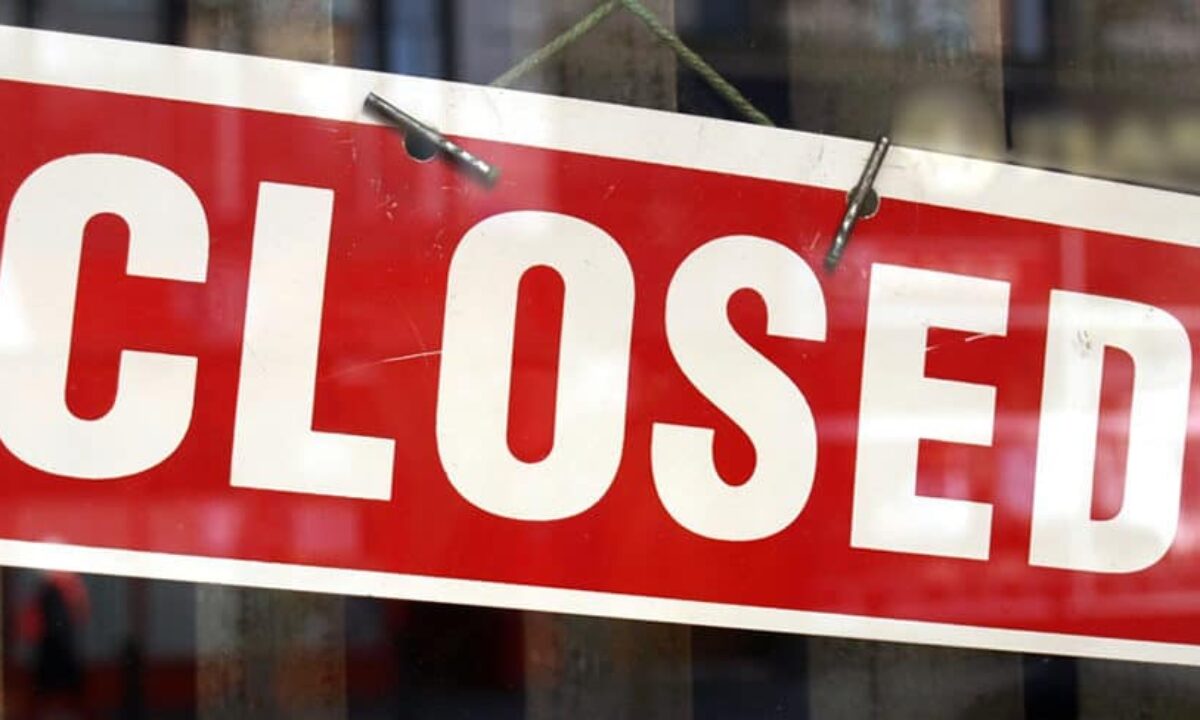The 6-Minute Rule for Company Liquidation
Wiki Article
The Greatest Guide To Company Liquidation
Table of ContentsCompany Liquidation for BeginnersAll About Company LiquidationSome Known Incorrect Statements About Company Liquidation Indicators on Company Liquidation You Should KnowNot known Incorrect Statements About Company Liquidation
A liquidator is specifically selected to look after the winding up of a company's affairs in order for it to be shut down generally when the business is going insolvent. The liquidator is an objective 3rd celebration who oversees the sale of business assets in order to settle any kind of impressive financial debts.Their duty includes, yet is not restricted to: Objective Overseer: A liquidator is charged with acting as an objective third event to supervise the whole business liquidation procedure. Produce Declaration of Matters: Liquidators must create an extensive declaration of events document. This file is dispersed to lenders, detailing the current monetary status of business at the time of its liquidation.
After the liquidation of a company, its existence is eliminated from Firms Residence and it stops to be a legal entity. If supervisors browsed the procedure without issue, there would certainly be no fines or individual responsibility for firm financial debts expected. Currently, with a tidy slate, supervisors can check out new organization opportunities, though professional appointment is advisable.
Indicators on Company Liquidation You Need To Know
If even more than 90% of all firm shareholders concur, liquidation can take area on short notice within 7 days, the minimum statutory notice for creditors. Usually, the larger the liquidation and the more assets and resources the business has, the longer the process will take.
We understand that no two firms coincide, which is why we will certainly take the time to obtain to understand your company so we can recommend the very best strategy for you. We only operate in your ideal interests, so you can be totally confident in the solution we offer.
A Biased View of Company Liquidation
In the UK, there is an established procedure to shutting down or reorganizing a minimal business, whether it hop over to here is solvent or insolvent. This process is referred to as liquidation and can only be taken care of by a certified bankruptcy practitioner (IP) according to the Insolvency Act 1986. There are four major sorts of firm liquidation process: Lenders' Volunteer Liquidation (CVL); Compulsory liquidation; Management; and Members' Voluntary Liquidation (MVL).
In these conditions, it is essential that the business ceases trading; if the business continues to trade, the supervisors might be held personally responsible and it might address lead to the insolvency professional reporting wrongful trading, called misfeasance, which may cause lawsuit. The supervisors select an insolvency specialist and once this has actually been agreed and validated, there is a conference with the investors.
Of course, if there are no shareholders, this action of the procedure is not necessary (Company Liquidation). The IP takes control of the company and starts the business liquidation process. The directors are no longer entailed in what takes place, consisting of the sale of the business's properties. If the supervisors desire any of the assets, they can alert the IP.
Company Liquidation Fundamentals Explained
The major distinction is that the company's financial institutions used to the court for an ending up order which forces the insolvent business right into a liquidation process. Lenders take this activity as a last hotel because they haven't obtained repayment through other kinds of settlement. The court appoints an insolvency professional, additionally referred to as a main receiver, to carry out the compulsory firm liquidation process.This kind of company liquidation is not volunteer and directors' conduct is reported to the UK's Secretary of State once the liquidation procedure has actually been finished. Consequently, any type of supervisor that fails to comply with the IP or has been associated with supervisor transgression, or an illegal act, may result in significant effects (Company Liquidation).
It is utilized as a means to shield the firm from any lawful activity by its lenders. The directors of the business consent to make normal repayments to resolve their debts over a time period. The designated administrator handles the voluntary management procedure, and receives the settlements which they after that disperse to financial institutions according to the agreed quantities.
The Basic Principles Of Company Liquidation
helpful hints This offers the company with time to establish a plan going forward to rescue the company and stay clear of liquidation. At this factor, directors hand control of the firm over to the appointed administrator. If a business is solvent however the directors and shareholders wish to close business, a Members Voluntary Liquidation is the right choice.The firm liquidation procedure is handled by a liquidator selected by the directors and investors of the firm and they must authorize an affirmation that there are no creditors remaining. The liquidation procedure for an MVL resembles that of a CVL because possessions are understood yet the proceeds are dispersed to the supervisors and the shareholders of the business after the liquidator's fees have actually been paid.
Report this wiki page